Does Grounding Work with Socks? Exploring Benefits and Effectiveness
You crave deep sleep and calmer days, but what if a simple barrier stands between you and Earth's natural energy? One common question people ask: Does grounding work with socks on? Many wonder if a layer of fabric truly blocks the benefits of grounding.

Let's clear up this common question.
🌎 Grounding Product Comparison Table
| Product | Conductive? | Best Use Location | Benefit & Ideal For |
| Regular Socks | ❌ No | Not suitable for grounding | Keep feet warm but block grounding; for general use |
| Grounding Socks | ✅ Yes | Indoors (with grounding mats/sheets) | Stay grounded while warm; ideal for indoor users seeking comfort and connection |
| Grounding Shoes | ✅ Yes | Outdoors (grass/soil/unsealed concrete) | Enable grounding while walking; perfect for errands, walks, or outdoor movement |
| Grounding Mats | ✅ Yes | Indoors (floor, desk) | Convenient grounding at home or work; ideal for office work, meditation, or rest |
| Grounding Sheets | ✅ Yes | Indoors (bedroom) | Provide overnight grounding; great for deeper sleep and energy recovery |
Skin and the Earth's Embrace
You may often hear about grounding or earthing, but what's the real secret sauce? It comes down to direct contact between your skin and the Earth, or connecting with a product that’s properly grounded. Consider it like plugging into a giant, natural battery. Our human body acts like a conductor, ready to absorb electrons from the ground.
This simple connection offers some powerful health benefits. When you kick off your shoes and let your bare feet meet the grass, sand, or soil, you invite Earth's natural energy in. This isn't just a folk tale; research evidence points to its positive impact.
🦶🏻 Why Barefoot is Best for Grounding
Walking barefoot is the OG grounding technique. It’s a direct line to the Earth's surface. This simple practice grounding method helps your body soak up those free electrons. These tiny powerhouses act as a universal anti-inflammatory remedy. They can quiet the buzz of chronic pain and calm an overactive immune response.

So, how long should you aim for this natural connection? Even just 30 minutes of walking barefoot can start the magic. Many people report feeling a noticeable difference in their stress levels and overall energy after spending time barefoot on grass, soil, sand, or even concrete.
One case series study also highlighted grounding’s impact on health, showing improvements in cortisol regulation, blood viscosity reduction, and even wound healing.
🌱 Pro Tip:
If you live in a concrete jungle, look for local parks or even a patch of grass in your backyard. Make it a daily ritual.
Further Reading:
What Surfaces Can You Ground On?
Grounding: Socks On or Off?
Many people wonder: Does grounding work with socks on? It's a fair question. You want the benefits of grounding without sacrificing warmth for your feet. Let's break down how different types of foot coverings affect your connection to the Earth.
🧦 Regular Socks: A No-Go
Regular socks made from cotton, wool, or synthetic fibers aren’t naturally conductive. They act as insulators, blocking the transfer of electrons from the Earth to your body.
In some cases, very thin socks—especially when slightly moist from perspiration—might allow minimal conductivity, but the connection remains weak and inconsistent.

🧦 Grounding Socks: The Game Changer
Grounding socks are a powerful way to stay connected to the Earth—without going barefoot. But do grounding socks work? Yes! These special socks are woven with conductive materials, often silver fibers, which allow electrons to pass through. When paired with a grounding mat or grounding sheet, they deliver the benefits of earthing while keeping your feet warm and comfortable.
Some grounding socks on the market come with coil cords that plug directly into a grounded outlet, eliminating the need for additional mats or sheets. However, this direct-wiring design may raise safety concerns—tangled cords can create tripping hazards or lead to accidental unplugging.

We offer Homlyns grounding sheets, which pair perfectly with conductive socks. Simply plug one into a grounded outlet, and you’re good to go. They provide a continuous connection, allowing your body to receive Earth's energy even when you're sleeping or working indoors.
👟 Grounding Shoes: Step into Connection
Just like conductive socks, grounding shoes (earthing products) are designed to maintain your connection to the Earth. They feature special soles made with conductive materials.
This means you can be wearing shoes and still feel grounded while walking around outside. For some, grounding shoes are ideal for maintaining connection during daily errands. They offer a convenient way to practice grounding as you move through your day.

Whether people choose grounding socks or grounding shoes, the goal remains the same: create a pathway for the Earth's free electrons to support your body’s natural balance and heal.
Ground Without Going Outside: Indoor Earthing Tools & Tips
So, maybe you can't always wiggle your bare feet in the grass. That doesn't mean you have to miss out on experience grounding. With the best indoor grounding methods, you can stay connected to Earth’s energy right from the comfort of your home.
There are ways to bring the benefits of earthing inside:
⌨️ Grounding Mats: Your Indoor Earth
Grounding mats are designed for use on your desk or floor. You simply plug them into the grounding port of a properly grounded outlet. This connection, made through a grounding cord and sometimes a grounding wire, allows electrons to flow from the ground into the mat and then into your body.

🛌 Grounding Sheets: Sleep Grounded
Imagine sleeping and feeling grounded at the same time. Grounding sheets, often made with silver fibers, connect you to the Earth's energy while you rest. Just like the mats, they usually plug into the grounding port of a grounded outlet. Choosing the right grounding sheet and following proper washing instructions help maintain conductivity and ensure long-term benefits.
Homlyns' grounding sheets are a great way to practice grounding during sleep—all night long. They can help promote relaxation, which is key for better health.

⚠️ Safety First:
Always use an outlet checker to ensure your outlet is properly grounded before using a grounding device. This is crucial to prevent an electric shock. Some product manufacturers include one when you buy an earthing product, but you can also easily purchase it online or at most hardware stores.
Practical Indoor Tips
-
Desk Setup: Place a grounding mat under your keyboard or mouse to stay connected while you work.
-
Relaxation Zone: Use a grounding mat while you meditate or watch TV.
-
Nighttime Connection: Homlyns grounding sheets can transform your bed into a haven of earth energy.
Indoor grounding products offer a convenient way to integrate these lifestyle medicine strategies into your daily routine. They're a simple way to plug into Earth's natural energy and potentially improve your stress levels and overall well-being.
Tips for Effective Grounding
Getting the most out of grounding techniques means being smart about your practice. We want you to truly feel grounded and reap those sweet health benefits.

Make it a Habit
Whether you're walking barefoot outdoors for 30 minutes or using a grounding sheet indoors, make it a regular thing. Just like exercise, the more you practice grounding, the better your body adapts. Set a daily reminder on your phone. Even short, frequent sessions add up.
Quality Over Quantity
While any contact is good, aim for a direct, consistent connection. If you're using a grounding mat or grounding sheets, ensure your skin has good contact with the conductive surface. For example, place your bare feet directly on the mat, or make sure you're mostly uncovered on the sheet.
Use the Right Gear
If you're not going barefoot, choose wisely. Grounding socks and grounding shoes are designed with conductive materials for a reason. Don't rely on regular socks to give you that connection.
Listen to Your Body
Pay attention to how you feel. Many people who have undergone grounding report reduced chronic pain, improved blood flow, and better sleep. If you're using earthing products to address specific issues, track your progress. This isn't a quick fix, but a lifestyle adjustment that can lead to significant changes in public health.
Reconnect and Recharge with Homlyns
Grounding truly offers a simple path to better well-being. Whether you prefer the feel of bare feet on grass or the convenience of earthing products, connecting with the Earth's energy can make a real difference.
Here are your key takeaways:
-
Direct contact is essential for effective grounding and earthing.
-
Regular socks block the Earth's electrons; grounding socks or shoes don't.
-
You can effectively experience grounding indoors with grounding mats and grounding sheets.
-
Consistency and proper setup are vital for seeing results.
At Homlyns, we provide the tools to make grounding effortless. Our king and queen-size grounding sheets help you maintain that vital connection, bringing Earth's calm into your home for better sleep and overall health.
🌙 Sleep better with Homlyns Grounding Sheets → View Product
FAQs about Grounding
Can you wear socks on a grounding mat?
You can, but for the best connection, bare feet directly on a grounding mat work best. Thin, natural fiber socks like cotton may allow some electron transfer, especially if your feet are slightly moist from perspiration.
However, direct skin contact with the mat provides the strongest and most efficient grounding connection. If you prefer wearing socks, consider grounding socks made with conductive materials (like silver fibers), which are specifically designed to work with grounding systems.
Do grounding mats or sheets work through clothes?
Yes, grounding mats and grounding sheets can work through thin, natural fabrics like cotton. The humidity from your body helps conductivity. However, direct skin contact offers the strongest connection. You can also use grounding patches for localized connections.
What surfaces work best for grounding outdoors?
Moist surfaces are ideal. Think grass (especially dewy), wet sand at the beach, or bare soil. These offer excellent conductivity for receiving Earth's electrons. Research suggests grounding can even positively impact conditions like cardiovascular disease by improving blood viscosity. Check out the article about Grounding Surfaces.
Does grounding have to be standing?
Not at all. You can practice grounding by sitting, lying down, or even sleeping. The key is to have direct skin contact with the earth or a grounding device.
How long should you ground each day?
Even 10-20 minutes daily can offer benefits. Most people aim for at least 30 minutes to an hour. Many find sleeping on grounding sheets ideal for continuous connection and maximizing those health benefits.
What materials can you ground through?
You can ground through conductive materials. These include bare feet, wet concrete (unsealed), natural bodies of water, and conductive fabrics like those found in grounding socks or grounding patches that contain silver or carbon. Avoid insulators like rubber and most plastics.
Reference
- Chevalier G, Sinatra ST, Oschman JL, Delany RM. Earthing (grounding) the human body reduces blood viscosity-a major factor in cardiovascular disease. J Altern Complement Med. 2013;19(2):102-110. doi:10.1089/acm.2011.0820
- Chevalier G, Sinatra ST, Oschman JL, Sokal K, Sokal P. Earthing: health implications of reconnecting the human body to the Earth's surface electrons. J Environ Public Health. 2012;2012:291541. doi:10.1155/2012/291541
- Ghaly M, Teplitz D. The biologic effects of grounding the human body during sleep as measured by cortisol levels and subjective reporting of sleep, pain, and stress. J Altern Complement Med. 2004;10(5):767-776. doi:10.1089/acm.2004.10.767
- Oschman JL, Chevalier G, Brown R. The effects of grounding (earthing) on inflammation, the immune response, wound healing, and prevention and treatment of chronic inflammatory and autoimmune diseases. J Inflamm Res. 2015;8:83-96. Published 2015 Mar 24. doi:10.2147/JIR.S69656
- Park HJ, Jeong W, Yu HJ, et al. The Effect of Earthing Mat on Stress-Induced Anxiety-like Behavior and Neuroendocrine Changes in the Rat. Biomedicines. 2022;11(1):57. Published 2022 Dec 26. doi:10.3390/biomedicines11010057





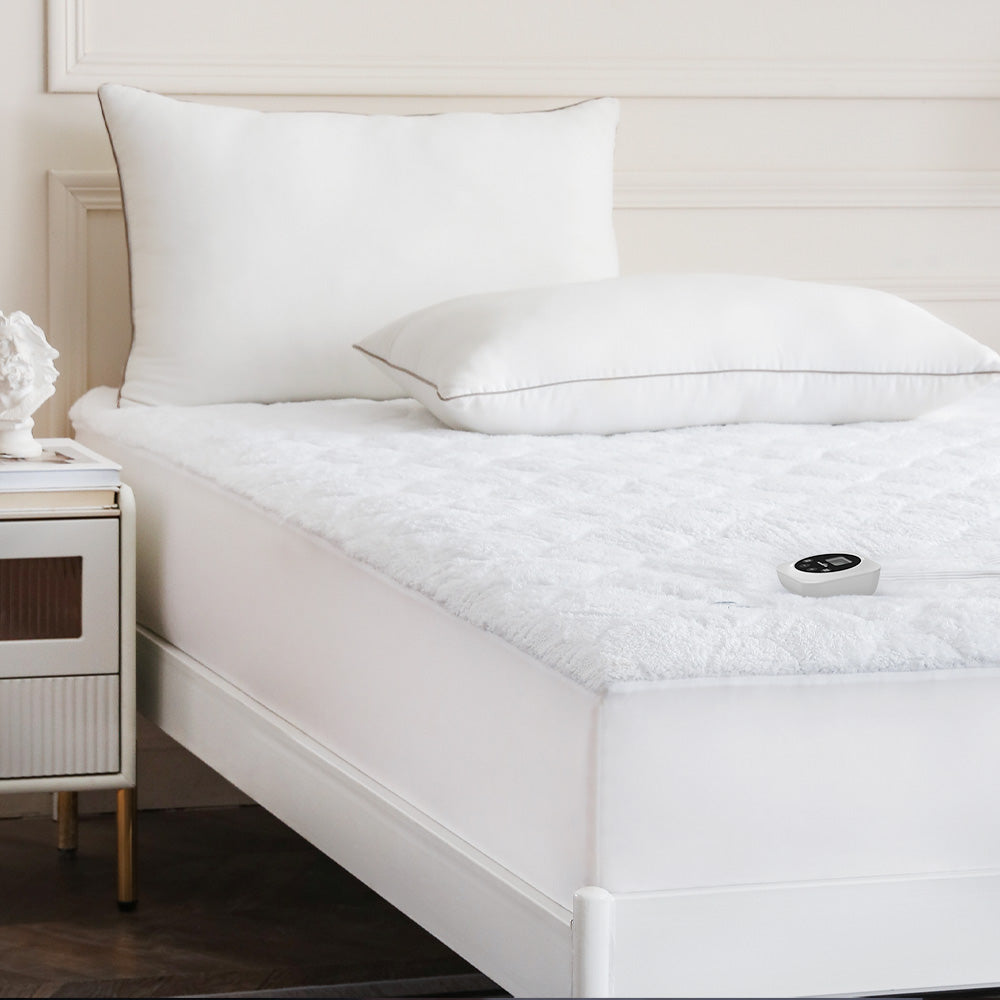
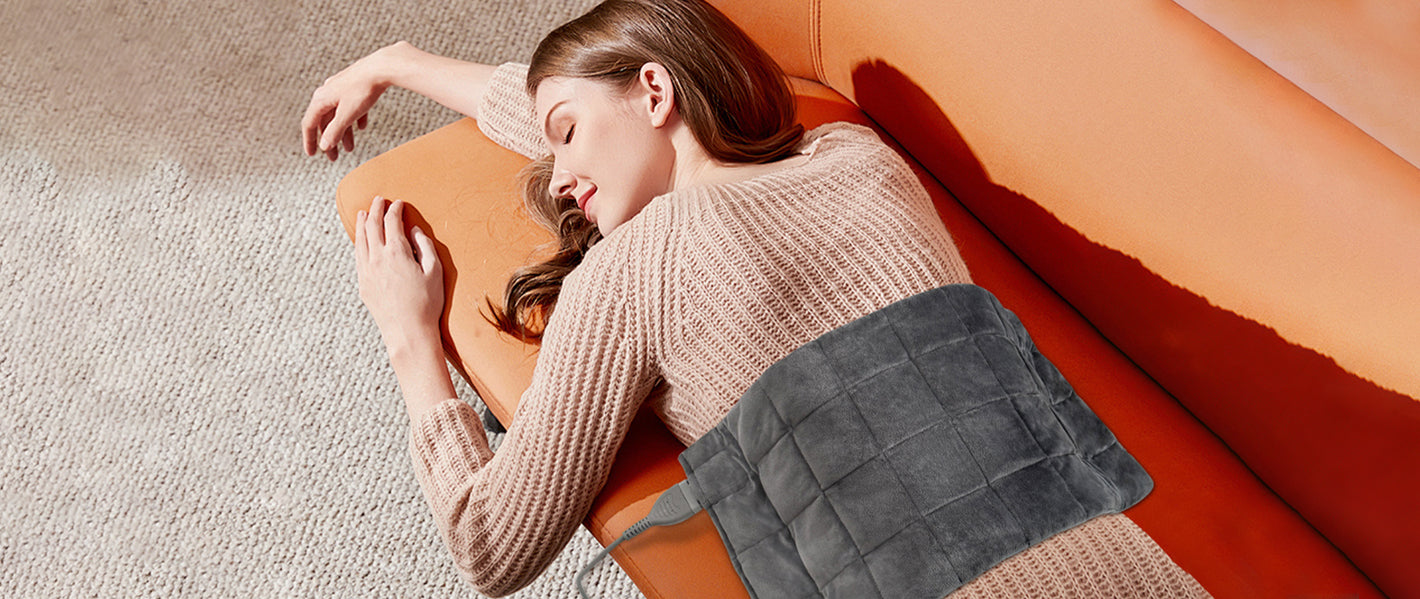
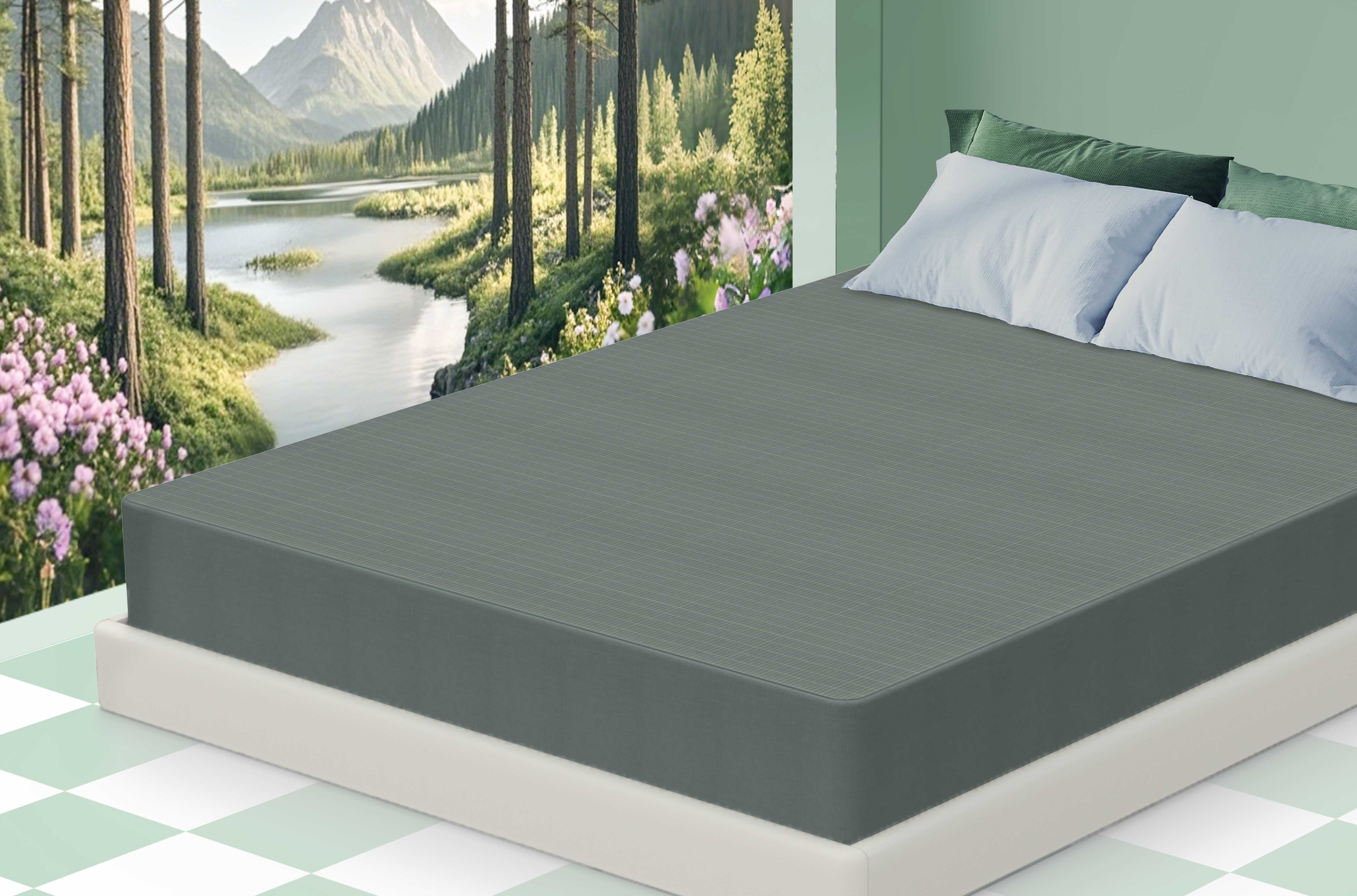
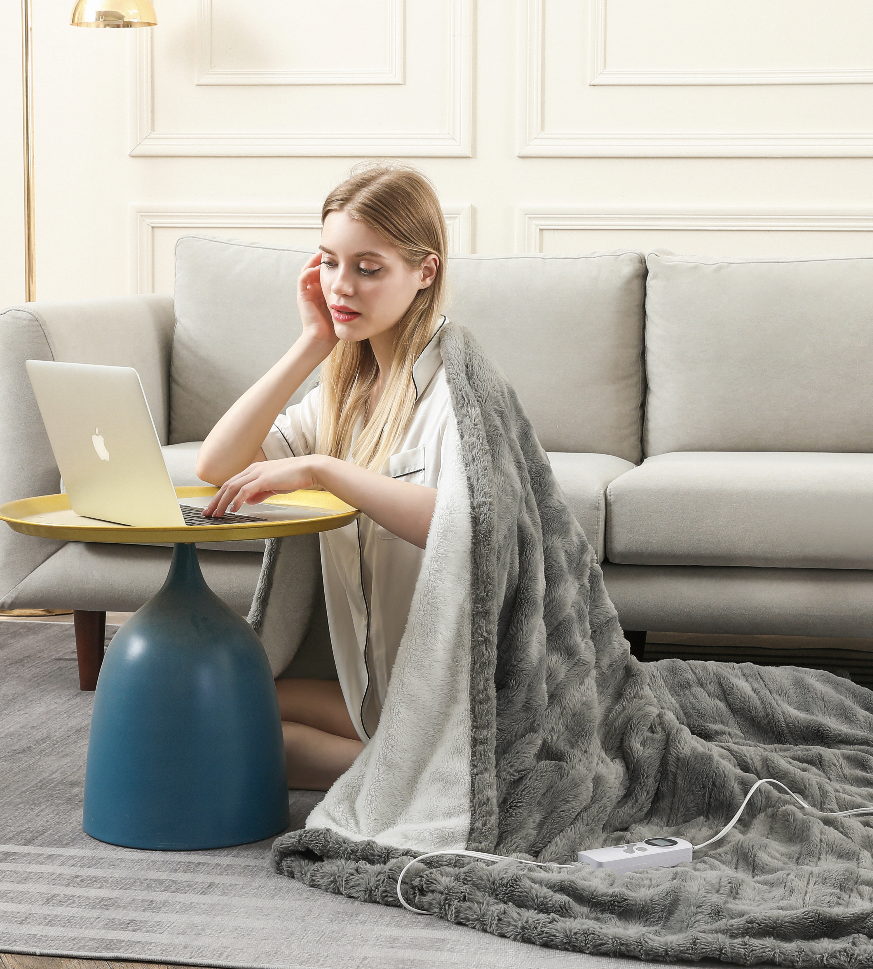
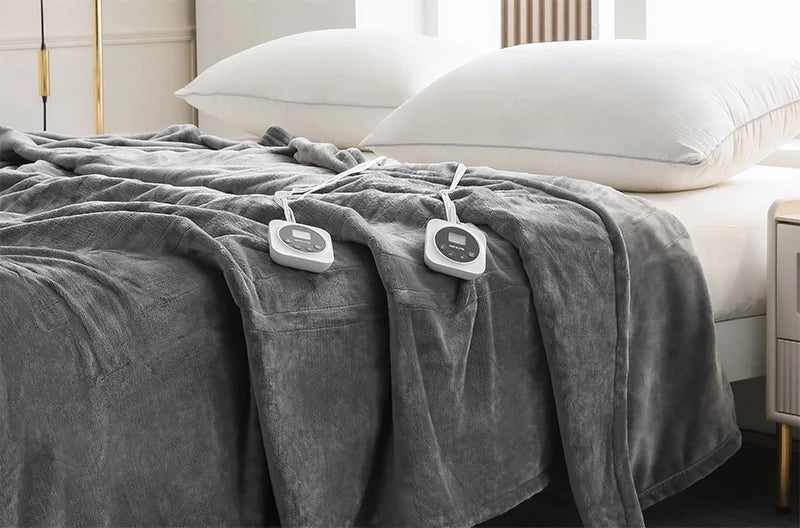

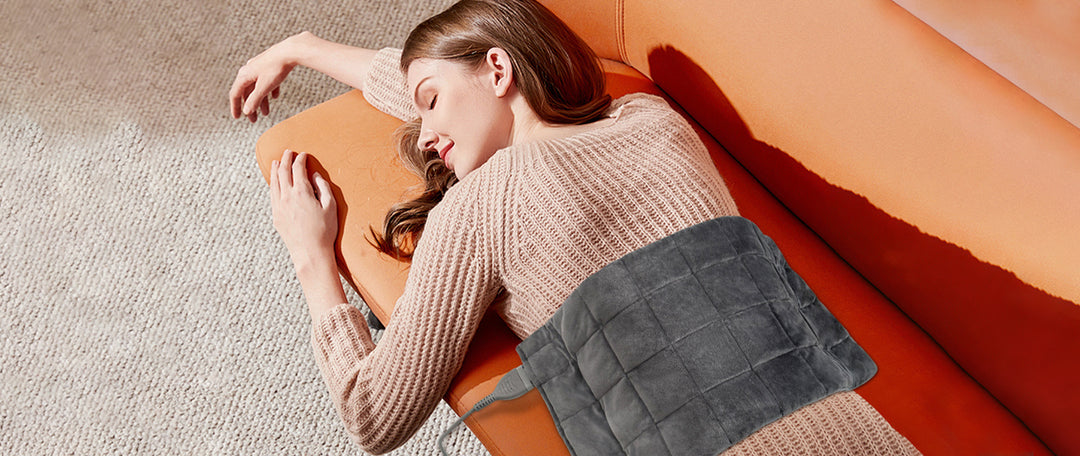
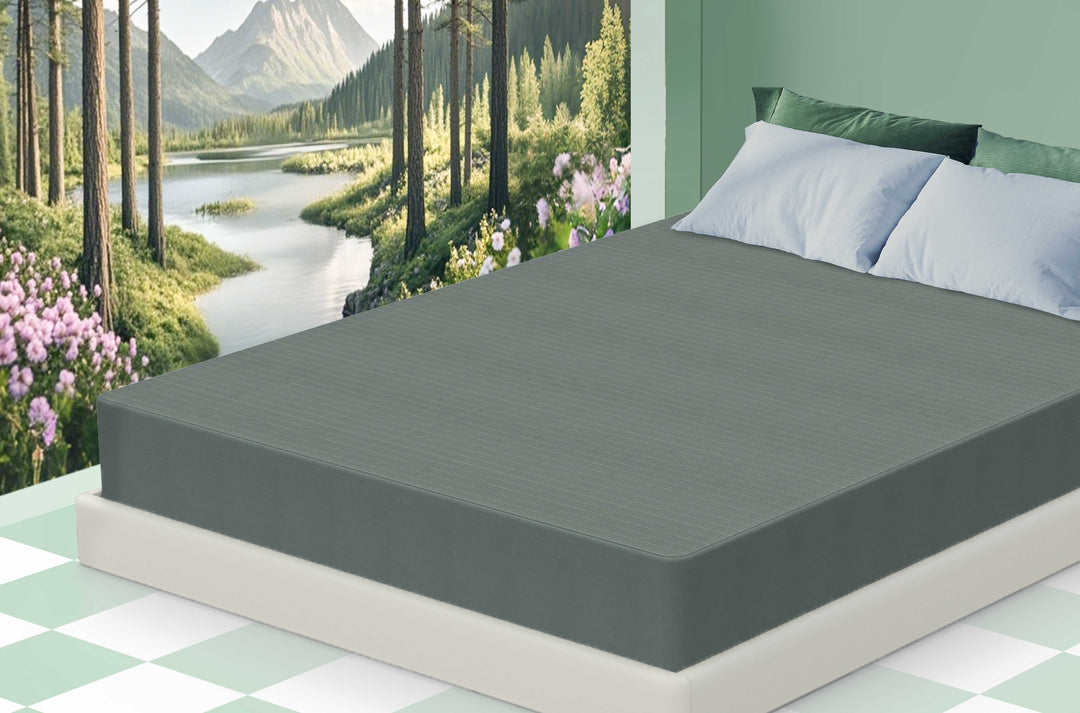



Leave a comment